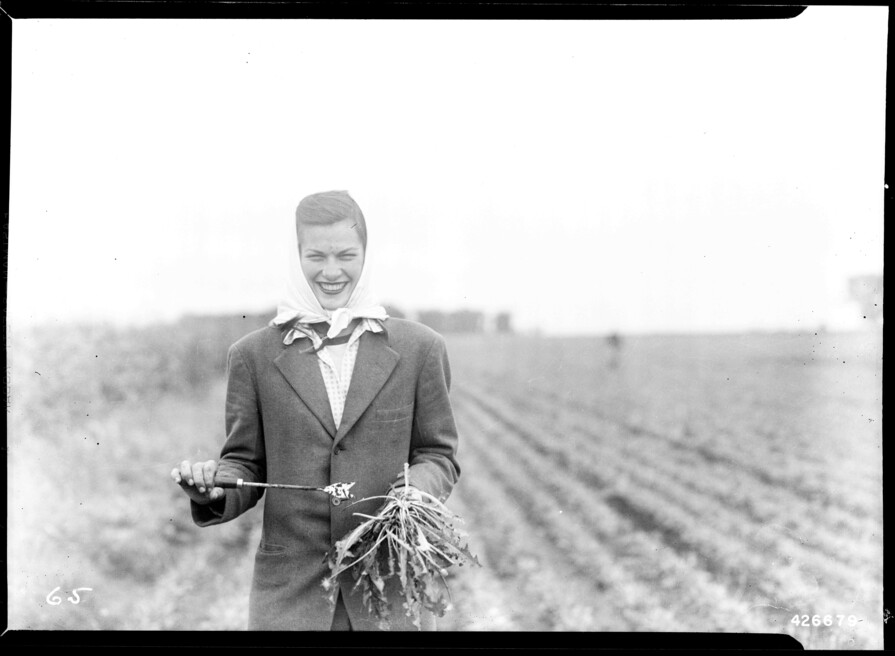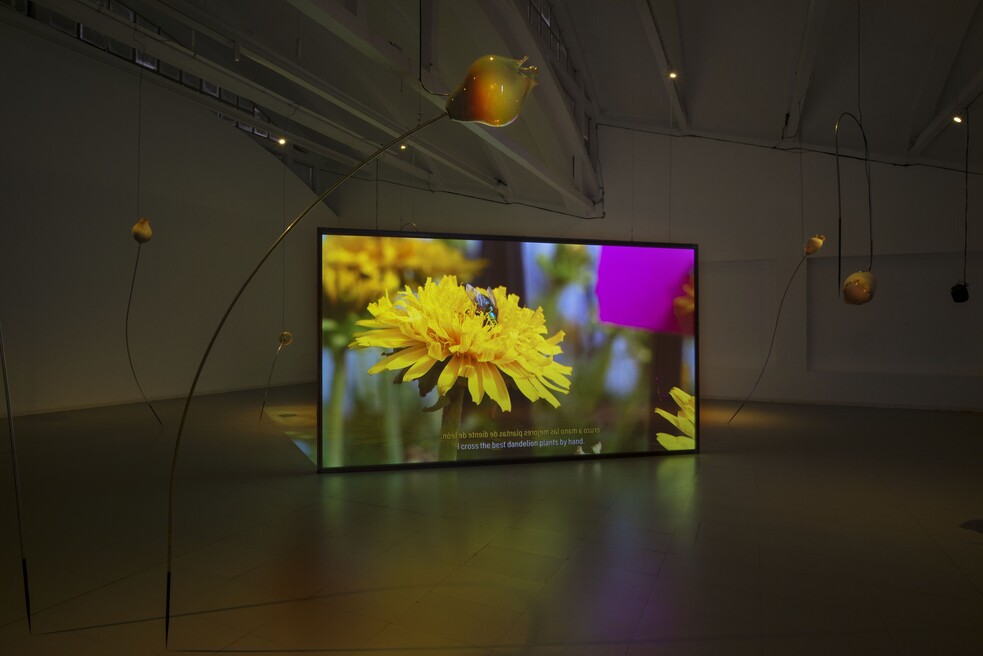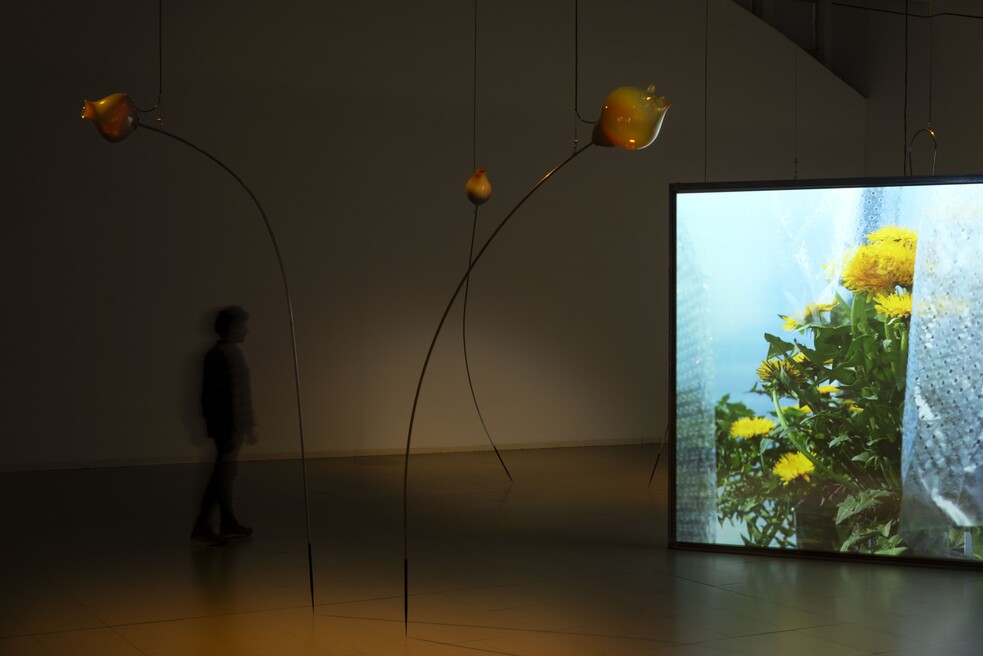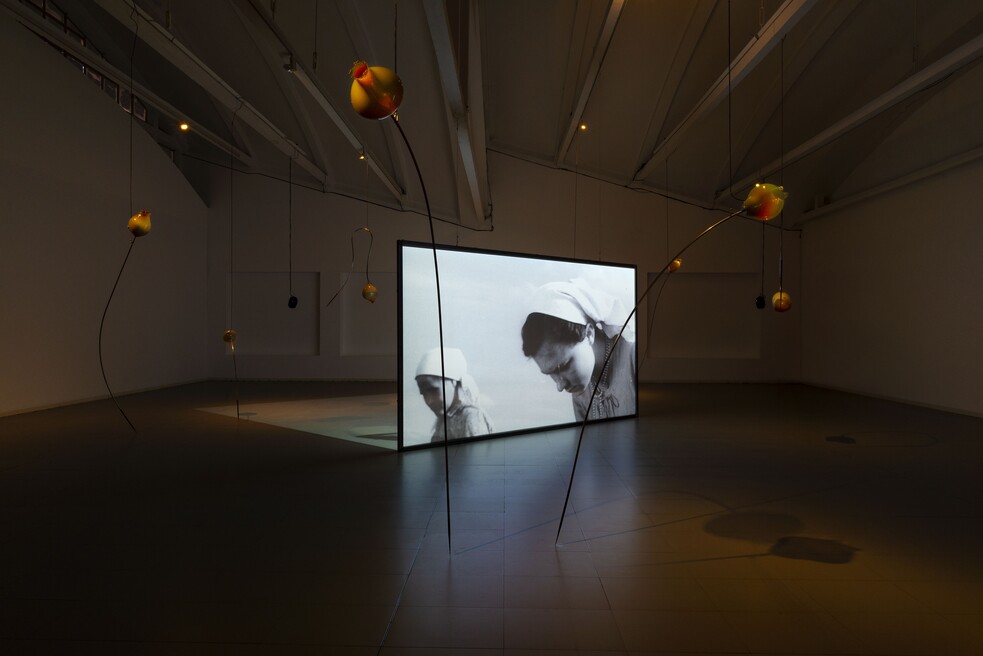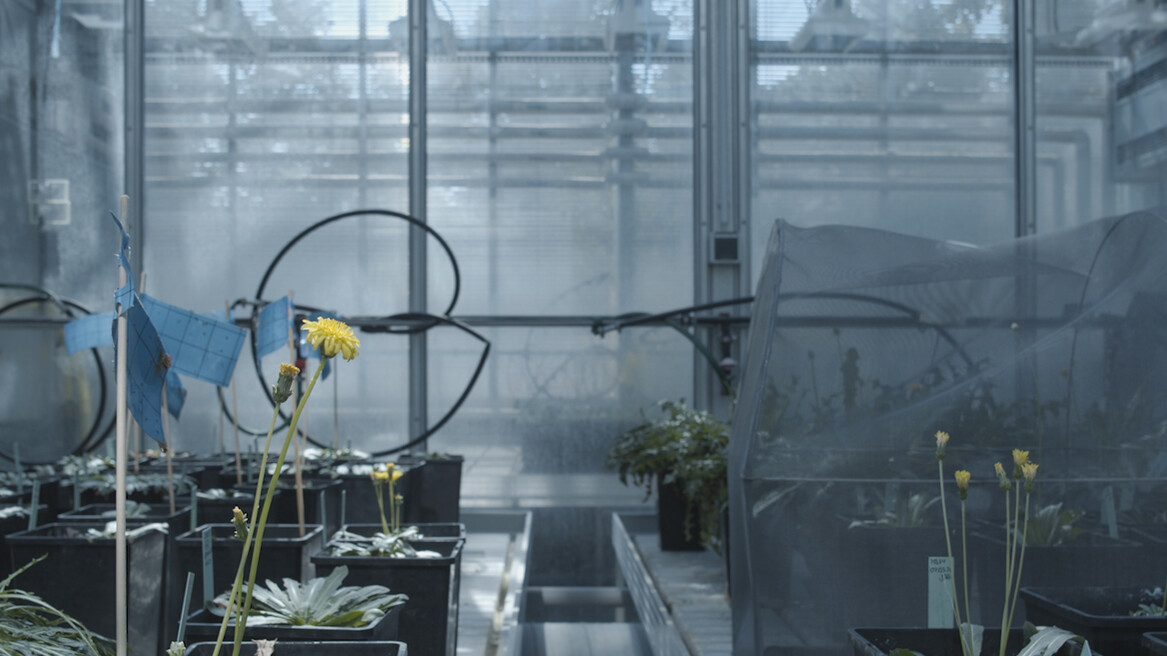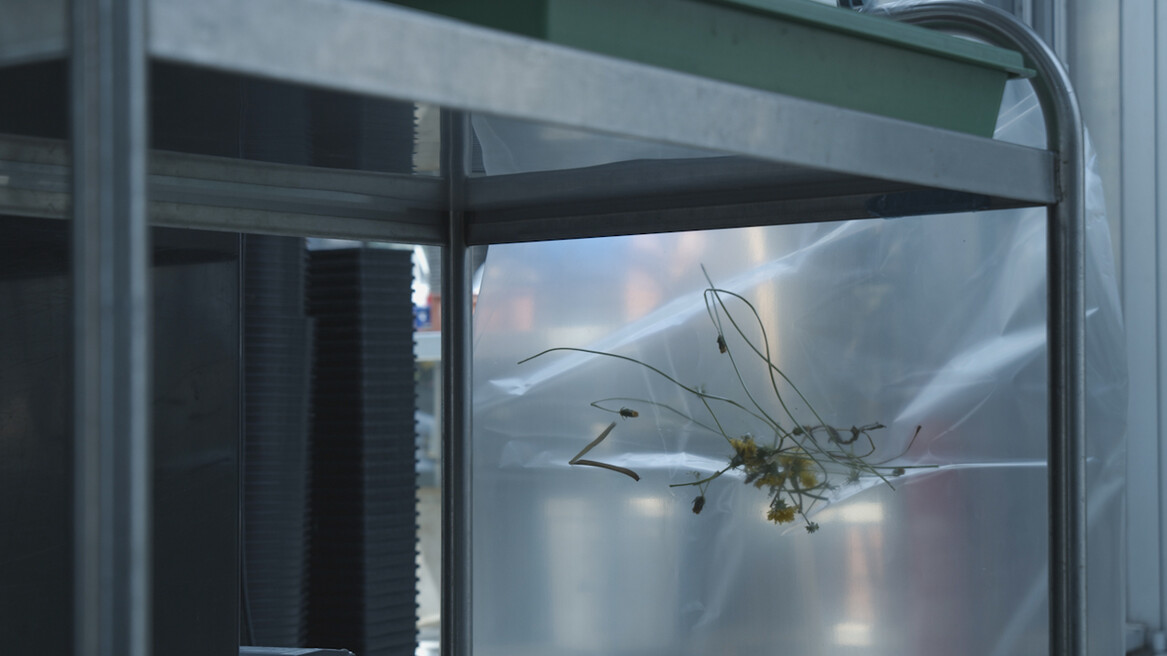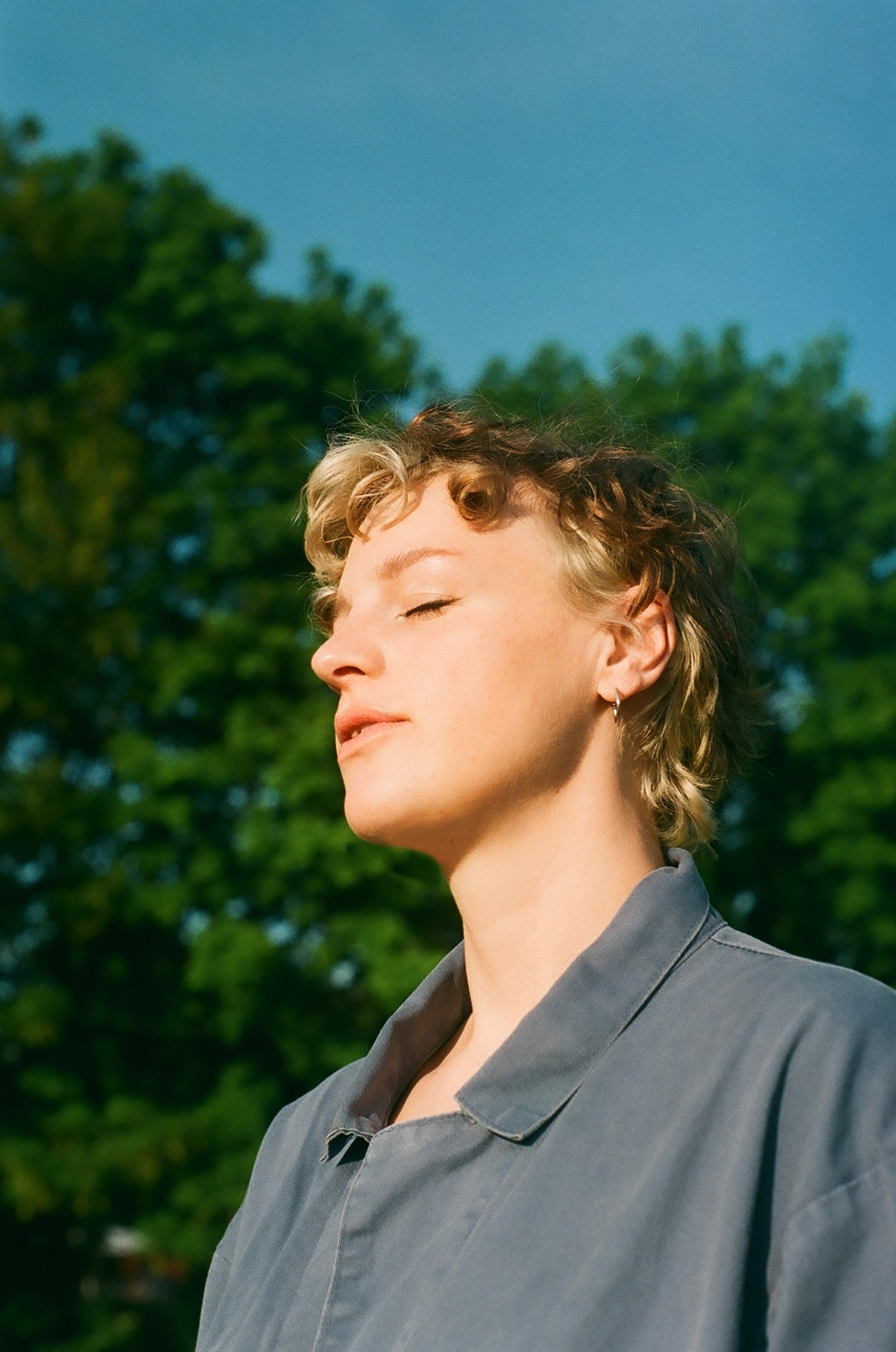Bethan Hughes
area: Visual Art, Artistic Research
Key Facts
nationality
Germany & UKarea
Visual Art, Artistic Researchresidence
Berlinrecommending institution
MQ Art & Ecologytime period
September 2024 - October 2024Bethan Hughes is an artist and researcher based in Berlin. In installations that interweave audiovisual elements with sculpture, text and print, she explores the transformation of biological matter through industry, technology and commerce. In December 2023, her work Hevea Act 6: An Elastic Continuum premiered as part of the European Media Platform at LABoral Centro de Arte y Creación Industrial in Spain. Hughes completed a PhD in the faculty of Fine Art, Art History and Cultural Studies at the University of Leeds (GB) in 2020. She has participated in numerous group and solo exhibitions across Europe, including Summer Interlude, Flutgraben Project Space, Berlin (D) in 2023; A Fluid Defence, Künstlerhaus Sootborn, Hamburg (D) in 2022; Hevea Act 4: Unnatural Ecologies, feldfünf, Berlin (D) in 2021; Hevea, frontviews/HAUNT, Berlin (D) 2021.
During her Art & Ecology residency at MQ, Bethan Hughes will develop an experimental text-image publication that emerges from her ongoing project "Hevea Act 6: An Elastic Continuum". The project traces the history of a rubber-containing plant known as Taraxacum koksaghyz, also known as the Kazakh or Russian dandelion, and its complicated journey from the Tianshan Mountains to the collective farms of the Soviet Union, via the greenhouses of Auschwitz to the laboratories of multinational rubber corporations today.
The publication, which complements the audiovisual installation of the same name, will combine texts, including those written in collaboration with other researchers, with archival material (video stills, photographs, testimonies) collected over several years from a variety of sources, including various state archives, biotechnology laboratories, commercial tyre manufacturers, seed breeders and botanical gardens.
During her residency at MQ, the artist will explore a variety of layouts, text-image compositions and formats, alternative modes of presentation and discursive possibilities. In doing so, she poses the questions: In what unnatural ecologies do both humans and plants exist, and how are they objectified through the mechanisms of politics, war and trade? How does the history of this particular flower epitomise the flexible connections that link humans, plants, politics and power?
